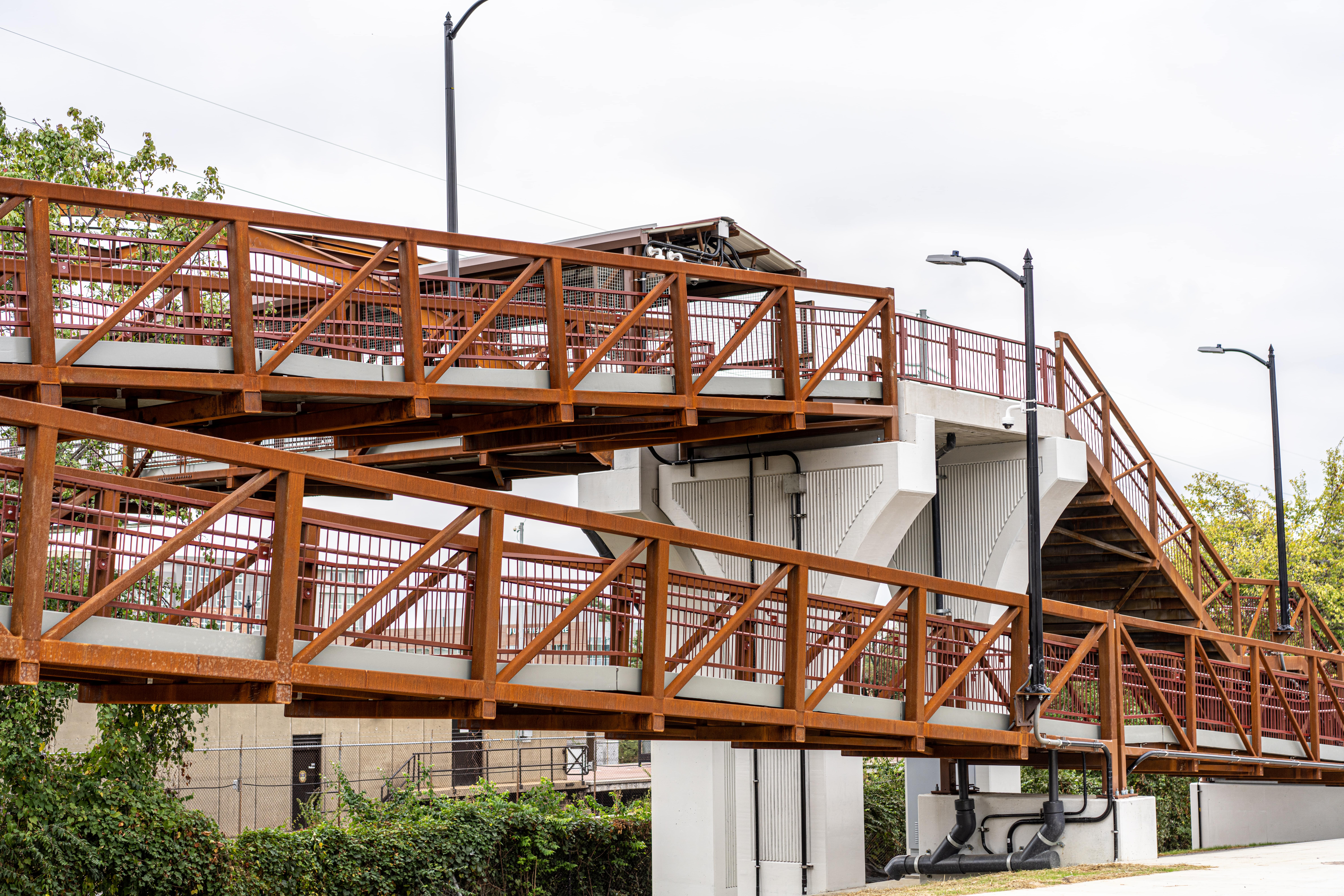
Discussions about movable bridges tend to focus on materials, mechanisms and maintenance. A moveable bridge is categorized as any bridge that changes position or shape to allow boats to pass.
And there are a lot of different types. They range from drawbridge, bascule, folding and curling bridges to vertical-lift, table, retractable, submersible and tilt bridges. And there are quite a few of them sprinkled across the U.S. Chicago has 60 movable bridges! As of July 2020, even North Carolina recorded 11 movable bridges. New York boasts 24 movable bridges while Virginia has 28 such structures.
Some sources imply costs for these bridges are lower because these structures don’t have high piers and long approaches. On the other hand, movable bridges require mechanical and electrical systems to function. These systems dictate regular maintenance and require human operation. A life cycle analysis can identify possible opportunities to reduce the cost of owning and operating these structures. It’s an important tool to have as states continue to experience dwindling budgets in the midst of a pandemic.
Merrill Lynch defines life cycle costs as “The sum of all recurring and one time (nonrecurring) costs over the full life span or specified period of a good, service, structure or system. It includes purchase price, installation costs, maintenance costs and upgrade costs and remaining (residual or salvage) value at the end of ownership or useful life.”
Each of these elements contributes to helping a bridge owner estimate a structure’s operation and maintenance costs.
As a bridge ages, maintenance and rehabilitation repairs are based on first year constant dollars. Ongoing maintenance might include trash and snow removal and guard rail, joint and lighting repairs, with a major portion going to maintaining the structure and mechanisms. Gaining an understanding of the budget one will need over the life cycle of a bridge allows one to put costs into the context of life cycle. When Composite Advantage started making fiber reinforced polymer (FRP) decking for movable bridges, I read a good evaluation of costs in a Structure Magazine article authored by Peter Davis. Looking at first cost and life cycle costs by bridge element, the largest increase in lifetime costs was the deck and joints.
Total Life Cycle Costs of a Movable Lift Bridge
|
Element |
First Cost |
Life Cycle Cost |
% Increase |
|
Substructure |
$40,000,000 |
$43,851,728 |
10% |
|
Fender System |
$15,000,000 |
$18,801,445 |
25% |
|
Superstructure |
$60,000,000 |
$86,634,054 |
44% |
|
Deck and Joints |
$15,000,000 |
$26,395,434 |
76% |
|
Mechanical & Electrical |
$25,000,000 |
$36,176,603 |
45% |
|
Maintenance |
$0 |
$16,068,000 |
|
|
Operations |
$0 |
$14,462,000 |
|
|
Total |
$115,000,000 |
$242,389,264 |
56% |
By identifying costs that come up in the course of movable bridge ownership, design teams can consider features that might reduce maintenance needs. From our perspective, FRP decking is a design choice that greatly reduces maintenance costs. Applying this life cycle planning tool to an entire inventory of major structures can help an owner can gain insight into which structures cost the most and what elements are driving those costs.
